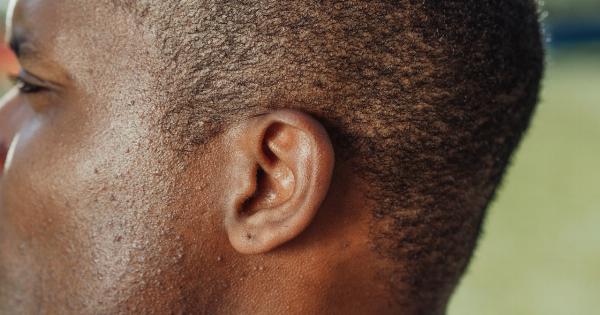Have you ever noticed that when listening to music or in a crowded room, you tend to turn your head a certain direction to hear better? Many people may not realize that the left ear generally has superior hearing abilities compared to the right ear.
In this article, we will explore the science behind this phenomenon.
How Our Ears Work
Before delving into the differences between the left and right ear, it is important to first understand how our ears work.
Our ears can detect sound waves, which are vibrations in the air, and then convert those waves into electrical signals that our brain can interpret.
The outer ear collects sound waves and funnels them through the ear canal to the eardrum. The vibrations from the eardrum travel to the three small bones in the middle ear, which then send the vibrations to the inner ear.
The inner ear contains the cochlea, which has tiny hair cells that pick up the vibrations and send them to the brain as electrical signals.
Differences between the Left and Right Ear
The left and right ear may look identical on the outside, but there are subtle differences in the way they process sound. Generally, the left ear has superior hearing abilities compared to the right ear.
Speech Recognition
Studies have shown that the left ear is better at speech recognition than the right ear. This is because the left hemisphere of the brain, which is responsible for language processing, receives input from the right ear.
Since speech sounds are processed in the left hemisphere of the brain, the input from the left ear reaches the left hemisphere faster and with greater clarity than input from the right ear.
Noise Filtering
The left ear is also better at filtering out background noise. This is because the left ear is connected to the right hemisphere of the brain, which is responsible for processing spatial information.
The right hemisphere of the brain can filter out environmental noise and focus on the sound that is coming from the left ear.
Emotional Processing
The left ear is also better at processing emotional cues in speech, such as tone of voice and inflection. This is because the left hemisphere of the brain is also responsible for emotional processing.
The input from the left ear reaches the left hemisphere faster than input from the right ear, allowing for quicker processing of emotional cues.
Hearing Loss
Unfortunately, the left ear can also be more susceptible to certain types of hearing loss.
This is because the left ear is more frequently exposed to loud sounds, such as those from a phone held to the left ear or from a car’s window when driving on the left side of the road. Additionally, because the left ear is connected to the right hemisphere of the brain, which is responsible for spatial processing, any damage to the right hemisphere of the brain can indirectly affect the left ear’s hearing abilities.
Conclusion
In conclusion, the left ear’s superiority in speech recognition, noise filtering, and emotional processing can be attributed to the way the auditory system is connected to the brain.
However, it is important to protect both ears from hearing loss by limiting exposure to loud sounds and wearing ear protection when necessary.




























